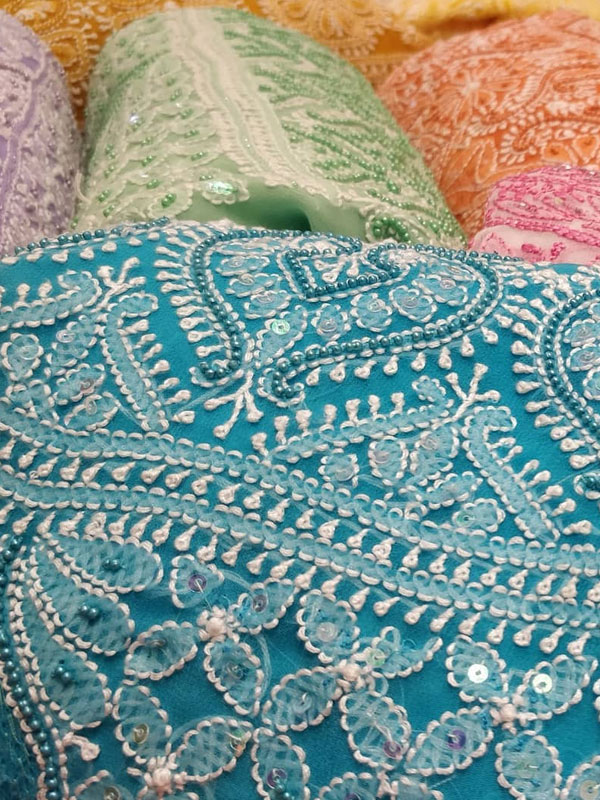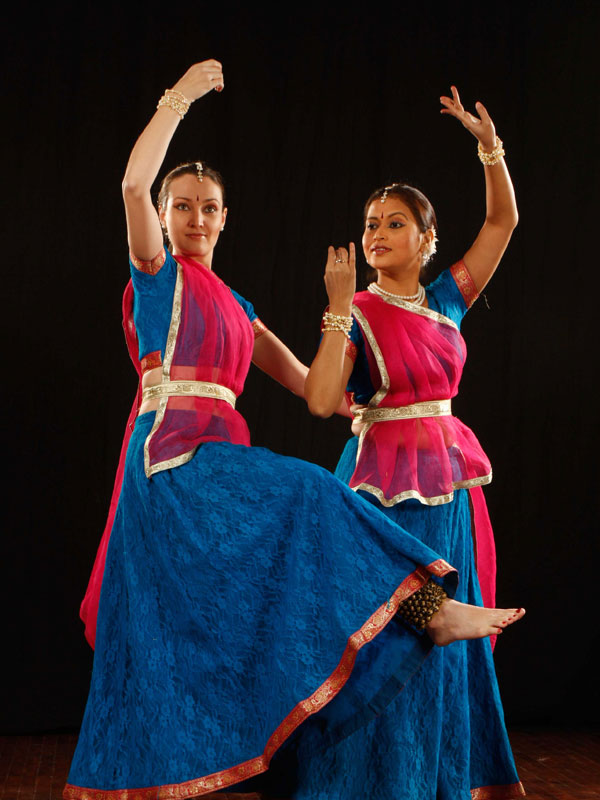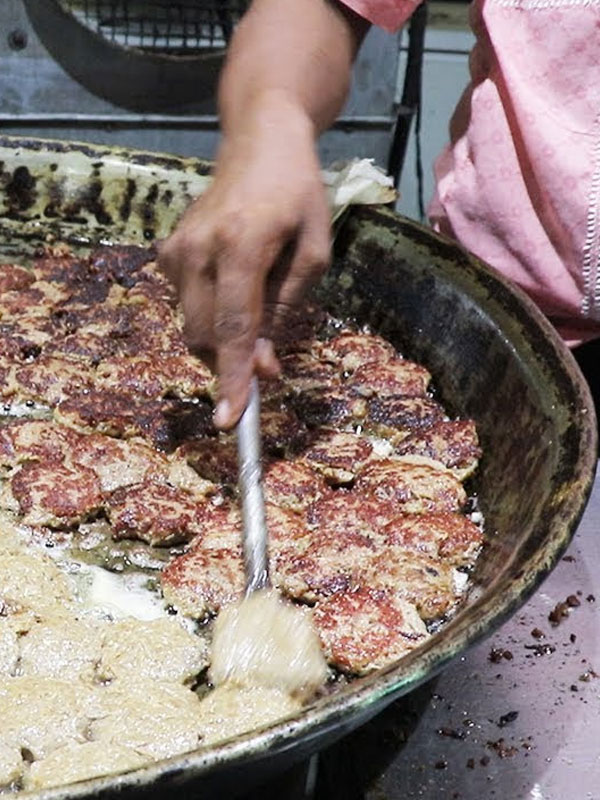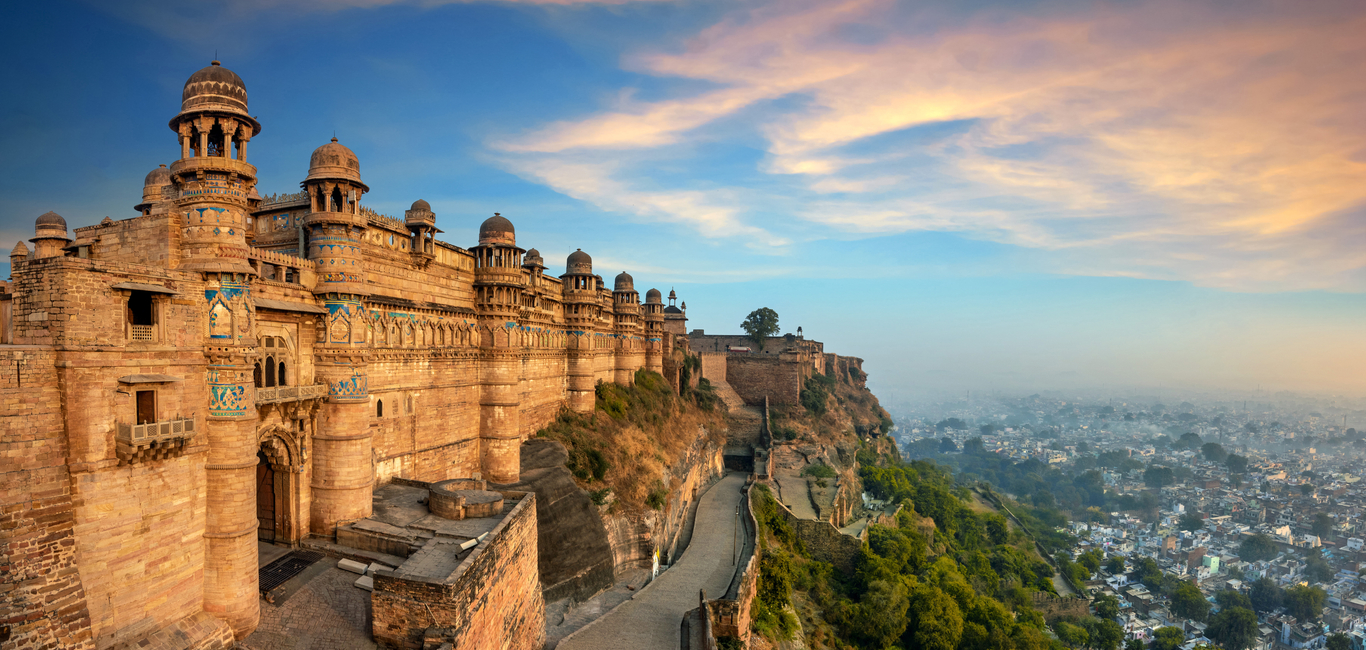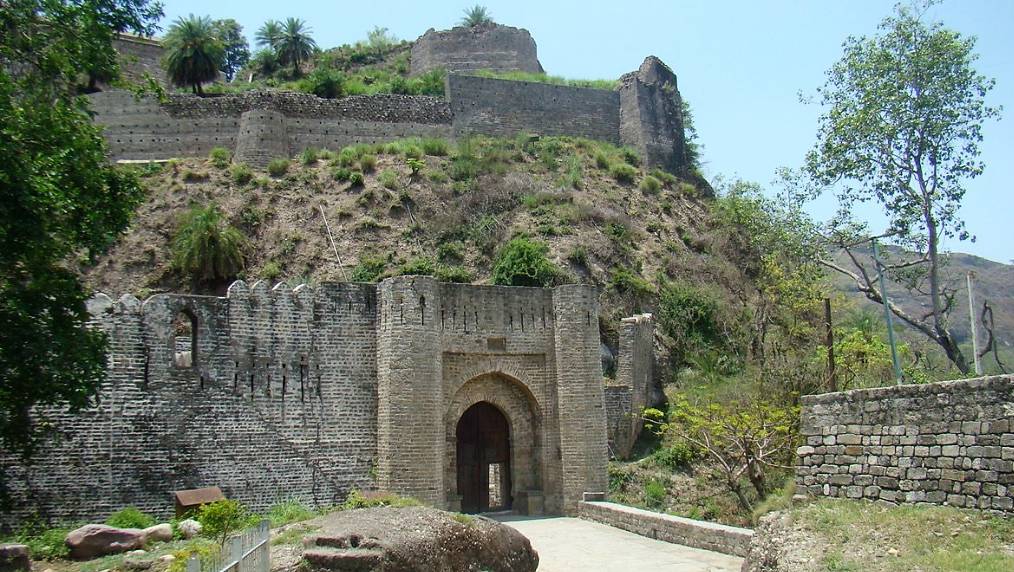Lucknow, the land of “Nawabs” synonymous with lavish extravagance is well-known for its “Tehzeeb” or extreme delicacy and cultivated manners. Fine living is a radiation a social etiquette an integral part of life. The proverbial “Pehle Aap” after you is a legendary mannerism that echoes the inherent courtesy that a Lucknowi pays to every person regardless of station or rank.
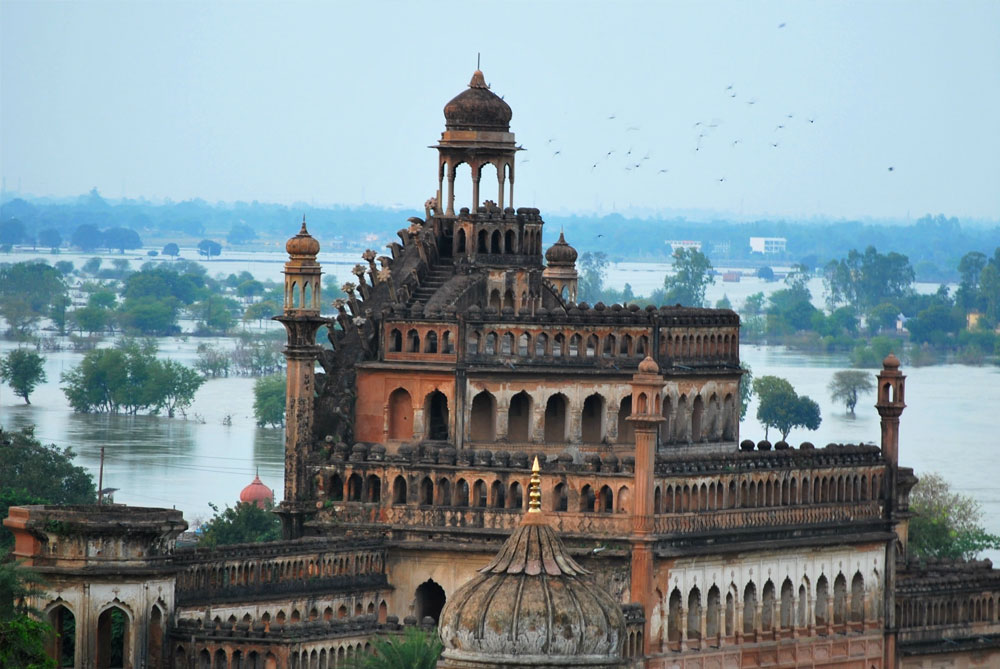
The present-day city was established by Nawab Asaf-Ud-Daula when he shifted his capital from Faizabad to Lucknow in 1775. It emerged as an important political and cultural center, rivaling Delhi in its patronage to art literature. In 1856, the British annexed Awadh, exiling the last Nawab, Waajid Ali Shah, on grounds of misrule. Lucknow was one of the most volatile centers, during the Mutiny of 1857, as it was a key administrative and military center of the British East India Company.
Today, the modern city of Lucknow sprawls on both sides of river Gomti and is a fine blend of tradition and modernity. it still retains the legal ambiance and mannerisms, while adapting the needs of the modern world. Lucknow is also famous for its elaborate cuisine and “Chicken Kari” or exquisite shadow- work embroidery on fine muslin cloth.
Avadh as a region was formally known s the “United Provinces Of Agra and Oudh” in British India. earlier flourishing under the Sharqui Sultanate of Jaunpur and then the early Mughals, Avadh passed through the several hands between the mid 14th century and early 18th centuries, shaping out to be the cradle of north India aristocracy. Avadh is still identified as the cultural capital of north Indian societies.
It is in Avadh that Urdu as a language acquired finesse and perfection, kathak as a classical dance form took shape and regional theatre tradition contributed to lending a basic structure to Indian Cinema- the Mumbai film industry brand, in particular, The region is a vital link between tradition and modernity, the seat of a composite culture best known as Ganga- Jamani- Tahzeeb. Faizabad was the old capital of Avadh but later it all shifted to Lucknow. The city is still the capital of the state of UP. All the nawabs of Avadh ruled from Lucknow and were hence popularly referred to by the title- the Nawab of Lucknow. As proverbs go, even the drinking water tastes different in Avadh. This is not surprising this essebntial thirst buster is traditionally stored in clay vessels and often sipped in the height of summer heat after adding a handful of freshly plucked mint leaves. During winter, water offered in tall silver glasses embossed with twinning vine leaves have a sprinkling of fresh rose petals. One might conjecture that this s precisely why most people fortunate enough to find their way to this part of the lush green and fertile Gangetic plains chose not to leave subsequently making Avadh their home particularly after their first taste of the local food and water.
As per the Avadh tradition, there are always two ways of looking at things. and so it is with food. One way is to look at food as nature’s gift to mankind and the second what cultures and societies have made it out to be. God has endowed all mankind with a sense of good and bad therefore each culture, no matter how far removed from the other, is capable of creating menus that are unrivaled in taste, aroma and therapeutic properties. In the recorded history of the Indian subcontinent, which abounds the diversity of culture and ingredient, a blending that is hitherto unknown has taken place, leading to a high degree of refinement. The cuisine of Avadh is one such example. Furthermore, the economic strength of a culture and its journey across its boundaries once again add new tastes and fragrances to it. Competition of a healthy sort is a further stimulant to expanded and experimental cuisine. Examples of this are a dime a dozen in cosmopolitan cities like London and New York.
In brief, Lucknow, the capital of Uttar Pradesh, lies in the midst of the Heritage Arc. This bustling capital, famed for its Nawabi era art and marvelous and wondrous food, is a different mix of the ancient and the modern. It is a haven to the extraordinary monuments and masterpieces depicting a fascinating blend of ancient, colonial and oriental architecture.
Let’s explore Lucknow!
Asafi or Bara Imambara: This architectural wonder was built by Nawab Asaf Ud Daula in 1784, as a famine relief project. The central hall with a 20,000-tonne roof is said to be the largest room in the world, unsupported by pillars. It is also known for the “Bhul Bhulaiyan”, a series of the intricate labyrinth on the upper floor, which should be visited only with an authorized guide. The tomb of Asal- Ud- Daula is also located within the Imambara. To the left is the majestic Asafi Mosque.
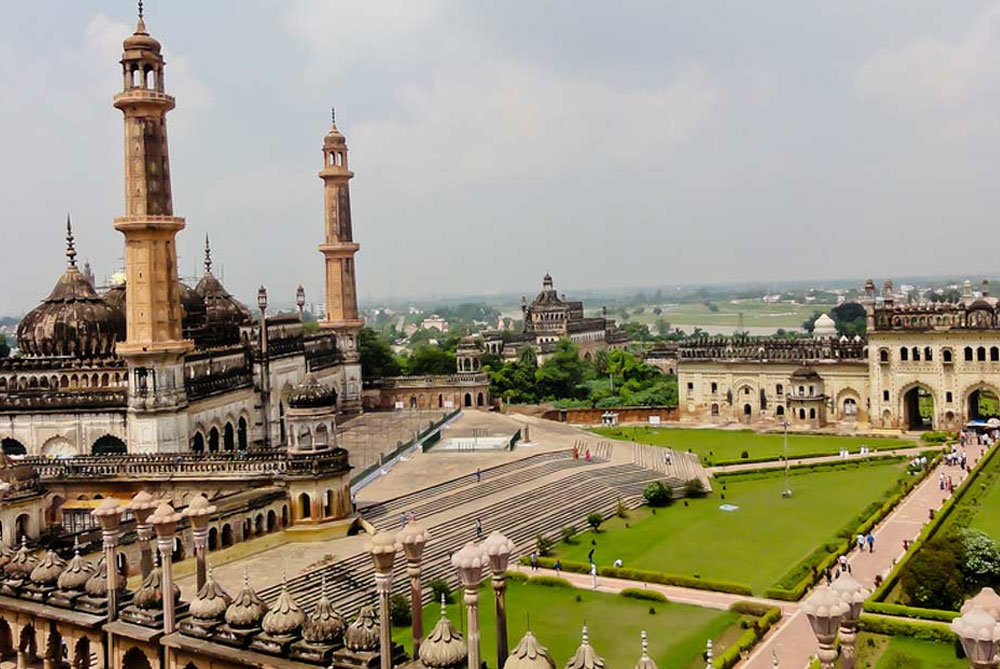
‘Also called Asafi Imambara,
Chhota or Hussainabad Imambara: The beautiful structure near Rumi Darwaza was built between 1837- 1842 by Nawab Mohammad Ali Shah and has the tombs of its builder and his mother. It has a golden dome and numerous turrets and minarets. The exteriors are adorned with fine calligraphy, while the interiors have chandeliers, gilt-edged mirrors, colorful stucco, the king’s throne, and ornate tazias.
Kaiserbagh Palace Complex: Nawab Wajid Ali Shah built the grand palace complex between 1848 and 1850 with a view of creating the eight wonder of the world. The yellow building flanked by two Lakhi gates were once used as the royal “harem”.
In the center of the quadrangle is the beautiful “Baradari”.
Le Martiniere: This extraordinary structure beautifully blends Italian architectural style with the native Hindu and Muslim styles. It is perhaps the finest and the largest specimen of European funerary monument in the subcontinent and was built in 1793, by Major General Claude Martin, a French soldier and the richest European in Lucknow. The magnificent edifice has four octagonal towers with numerous rooms and the exteriors are beautifully decorated. It houses a fine school which was established way back in 1840.
Lucknow Residency: It was built between 1780- 1800, as the official residence of the British Resident. The Britishers residing in Lucknow took refuge over here for 87 days during the 1857 mutiny. Today, it is a mute witness to one of the bitterest battle of 1857, with gaping holes made by cannon balls.
Rumi Darwaza: This 60 ft. high ornate gateway was built by Nawab Asaf-Ud-Daula in 1784, under the famine relief project. It is said to be constructed on the lines of one of the gates of Constantinople.
Shah Najaf Imambara: The white domed mausoleum on the right bank of river Gomti is named after the sacred town of Najaf, near Baghdad. It has the tomb of Ghazi-Ud-Din Haider flanked by the tombs of his wives.
Sikandar Bagh: The charming summer house fortified by a high wall was a named after one of the wives of Nawab Wajid Ali Shah. It witnessed bloody battles during the Mutiny of 1857.
the summer house now has the national Botanical research institute and its garden is open for public between 6 AM and 5 PM.
State Museum / Zoo: The state museum is located within the zoo premises at Banarasi Bagh. It exhibits a fine collection of artifacts and memorabilia. The zoo has a rich variety of animals and is popular among kids.
Other places of interest: Clock Tower, Jama Masjid, Chhatar Manzil, Maqbara Saadat Ali Khan and Khurshid Zadi, Moti Mahal, Dilkusha Garden, Alambagh Palace, Bibiyapur Kothi, Charbagh Railway Station, etc.
The foremost shopping zones in the capital are Hazratganj (Sunday closed), Aminabad (Thursday closed), Chowk (Thursday closed), Narhi (Monday closed), Kaiserbagh (Thursday closed), Alambagh (Thursday closed), Aliganj (Wednesday closed), Indira Nagar (Wednesday closed), Gomti Nagar (Wednesday closed).
Prominent Shopping Malls are Wave, Fun Republic, Riverside Mall, Phoenix, Saharaganj, SRS City Mall and Vishal Mega Mart.
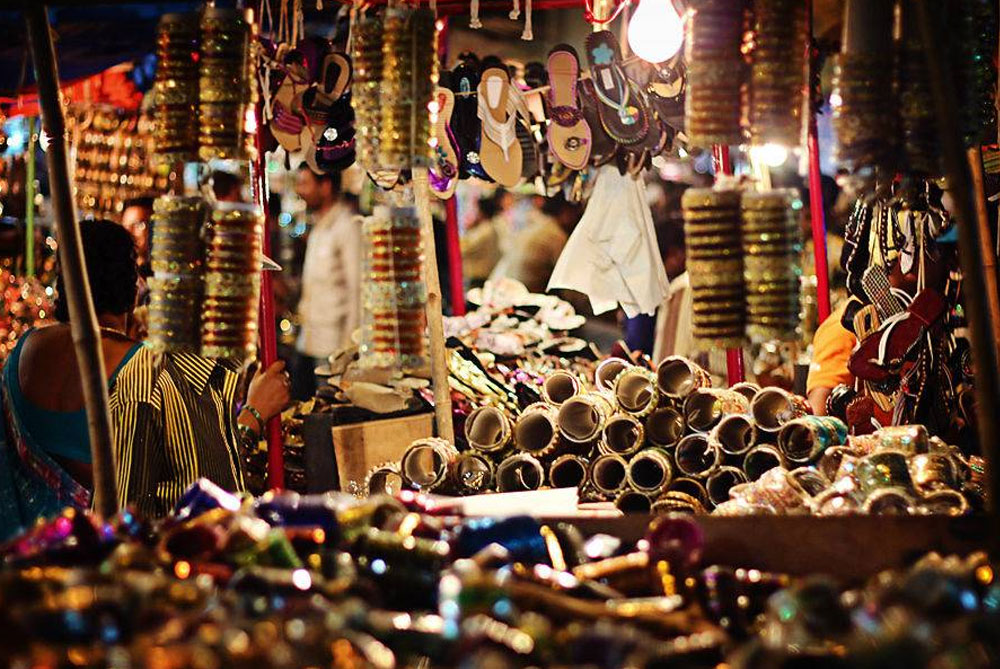
Lucknow is appreciated for its sarees, chikan embroidery, zari work, handicraft, leather purses, and handcrafted shoes, soft toys, sweets, and namkeen.
There’s a short list of all the Travel Agents that do a lot of work in making Lucknow a beautiful and elegant land to wander and explore for all the travelers.
- Directorate of Tourism, 4th-floor Paryatan Bhawan C-13, Vipin Khand, Gomti Nagar, U.P.
- Regional Tourist Office 1st floor Paryatan Bhawan C-13, Vipin Khand, Gomti Nagar, U.P.
- Tourist Reception Counter Amausi Airport
- Kumaon Mandal Vikas Nigam, Shahnajaf Road.
- Garhwal Mandal Vikas Nigam, R.C. Bahadur Marg.
Around Lucknow
Kanpur: The bustling city on the banks of river Ganga is one of the major industrial centers of North India. It is said to be founded by King Hindu Singh of the erstwhile state of Sachendi and later came under the British after the treaty of 1801, with Nawab Saadat Ali Khan of Awadh. The city emerged as one of the most important military stations of British and was one of the epicenters of 1857 war of Indian independence. Leading freedom fighters like Nan saheb, Tantiya Tope, Azimoolah Khan, and Brig. Jwala Prasad was closely associated with the city. Some of the attractions are Kanpur is the mound of Jajmau, the magnificent Shri Radhakrishna temple, Allen Forest Zoo, simple or J.K. temple, Jain Glass Temple, Jian Glass temple, Allen Forest Zoo, Phool Bagh, nan Rao park and the immpressiv4 Kanpur Memorial Church, etc.
Bithoor: The peaceful town on the banks of river Ganga is an important historic and pilgrim center. According to Hindu scriptures, Lord Brahma selected Bithoor for the creation of mankind. Bithoor came into prominence during the 18th century under the rule of Nawab Shuja-Ud-Daula. Almas Ali Khan, his administrator erected a mosque near Lakshman Ghat on the right bank of Ganga. It became the capital of the Pargana from 1811 to 1819 after the departure of the courts, the palace was assigned as a residency to Baji Rao, the deposed Peshwa. The palace of Nana Sahib was reduced to rubble by the British in 1857. Bithoor was earliest known as “Bhavan Ghaton ki Nagri” or the city of 52 ghats. Today, there are only 29 ghats and the Brahmavart Ghat is considered to be the holiest. It is said that Lord Brahma after creating mankind installed a “Shivlinga” here, which is worshipped as Brahmashwar Mahadev.
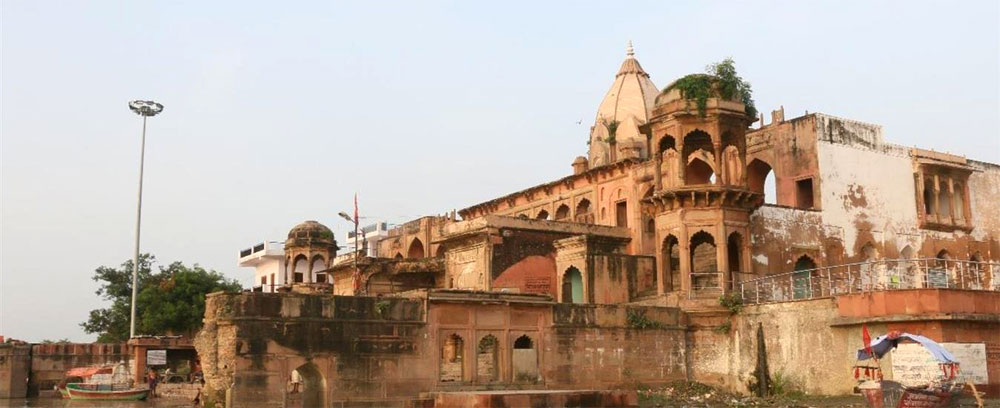
Reaching There
Airport- Directly linked by air.
Railhead- Well connected to main cities of the country.
Road- Well connected.


